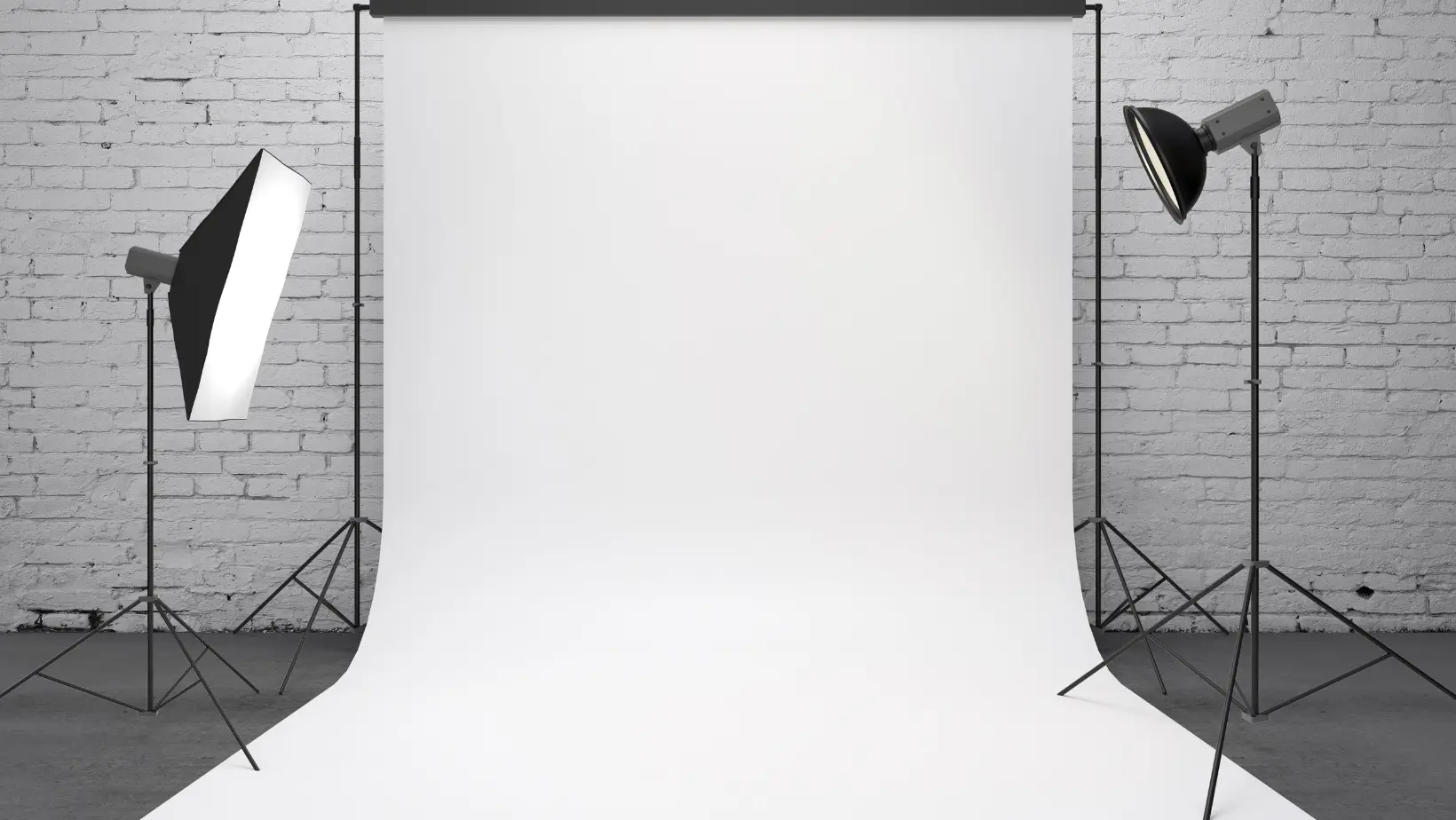When it comes to terms like “background” and “backdrop,” many people wonder, Background khác gì backdrop? While they might seem similar at first glance, these words have distinct meanings and uses depending on the context. In this article, we’ll break down the differences between background and backdrop, explore their applications, and help you understand when to use each one.

Defining Background
The word “background” refers to the broader context or foundation behind something. It can describe a person’s history, such as their educational or professional background, or the setting that surrounds a subject in art, photography, or design. For example, in a photo, the background might include trees, sky, or anything naturally present behind the focal point.
Background is versatile—it’s not just visual. In a story, the background provides the circumstances or events that shape the plot. In technology, a “background process” runs silently to support a system. Essentially, background is about depth and context, whether literal or abstract.
Understanding Backdrop
On the other hand, “backdrop” is more specific and usually visual. A backdrop is a physical or artificial element placed behind a subject, often intentionally designed for a purpose. Think of a theater stage with a painted backdrop of a forest or a photo studio with a fabric backdrop to create a clean, controlled scene. It’s a deliberate setting, not a natural one.
Unlike background, backdrop doesn’t carry abstract meanings like personal history or unseen processes. It’s tangible, often temporary, and serves as a tool to enhance a visual experience.
Background vs. Backdrop: Key Differences
So, Background khác gì backdrop? Here’s a quick comparison:
- Scope: Background is broader and can be conceptual (e.g., your cultural background), while backdrop is strictly visual and physical.
- Purpose: A backdrop is crafted or staged (e.g., for a photoshoot), whereas a background can be natural or incidental.
- Context: Background applies to diverse fields—design, storytelling, tech—while backdrop is tied to visual settings like theater, film, or photography.
For instance, in a movie, the background might include the city streets where a scene naturally unfolds, while the backdrop could be a green screen added later for special effects.
When to Use Each Term
- Use “background” when talking about context, history, or a natural setting. Example: “Her background in marketing made her a great fit for the job.”
- Use “backdrop” for intentional, staged visuals. Example: “The wedding photos had a floral backdrop.”
Conclusion
Understanding the difference between background and backdrop can sharpen your communication and creative choices. While both terms relate to what’s “behind” something, their nuances matter. So, next time you ask, Background khác gì backdrop?, remember: background is the big picture—contextual and deep—while backdrop is the staged scene, crafted for effect. Whether you’re designing, storytelling, or just curious, knowing this distinction can make all the difference! backscreen